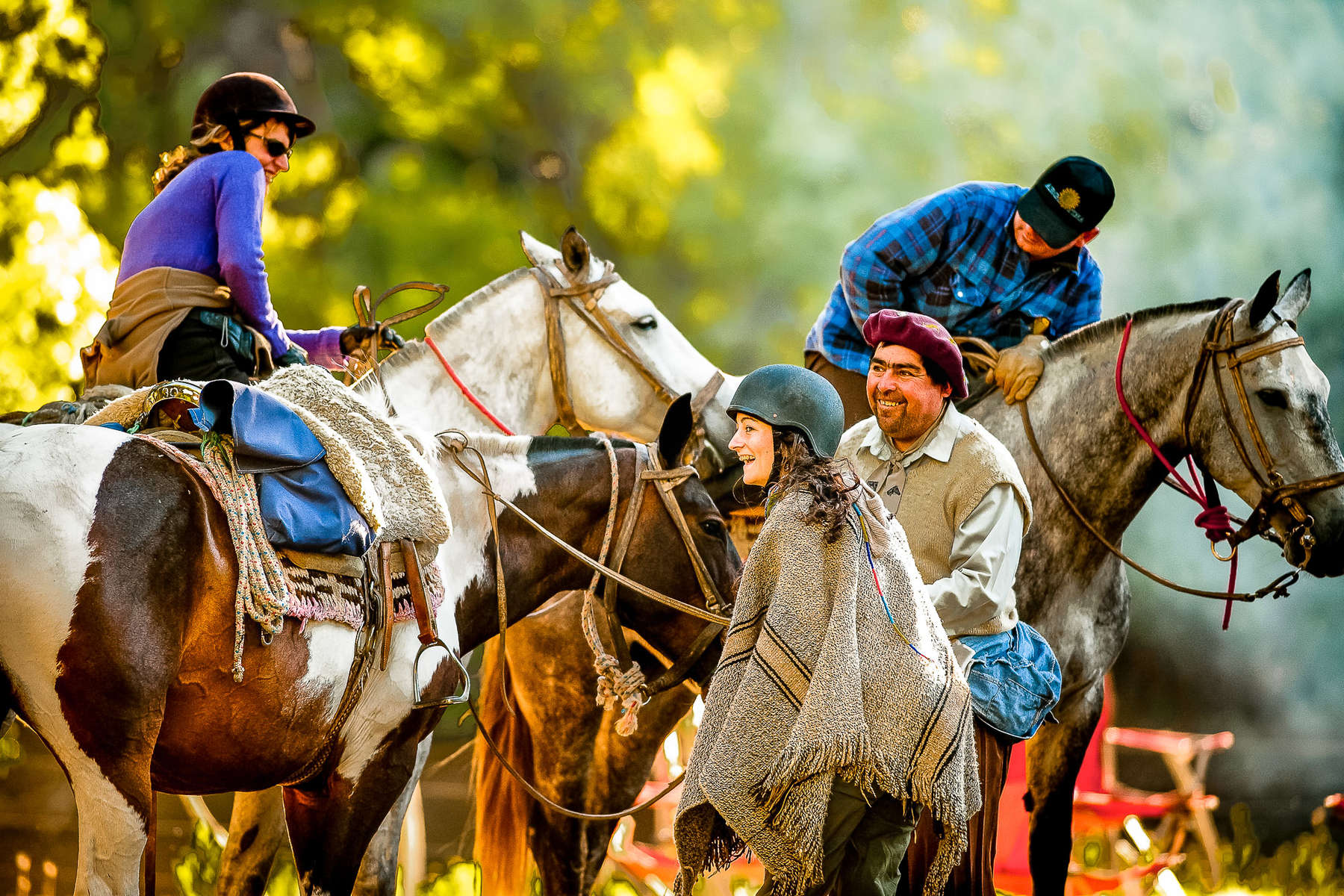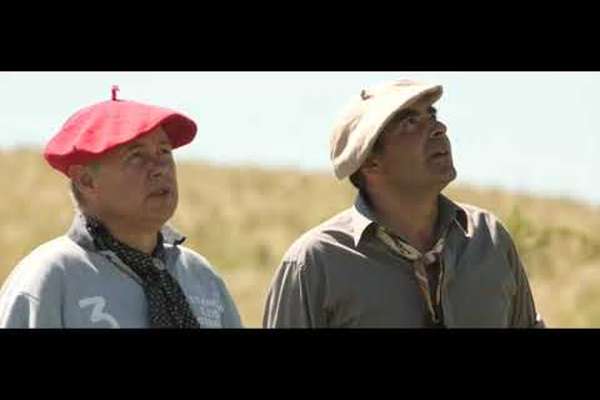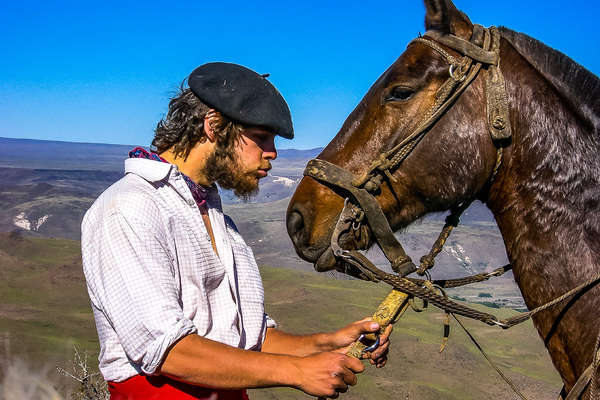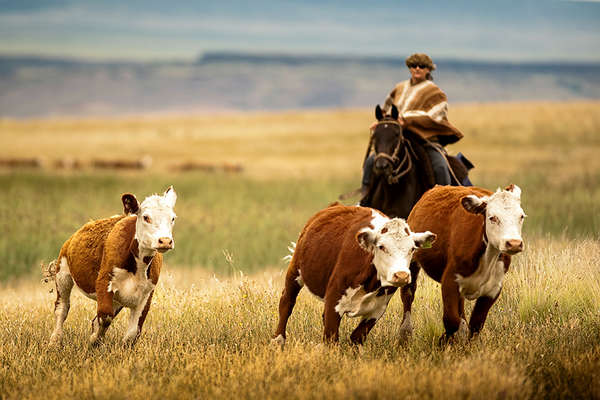Human presence in the Argentine region of Patagonia can be traced back to as far as 13,000 BC through cave art found at Cueva de las Manos. By around 1000 BC, these nomadic groups had grown too large to survive on hunting alone and made early attempts at agriculture, predominantly focussed on maize and potatoes. From around 650 AD the culture of Tihuanaco from Bolivia started having an influence, evidenced by fine metal objects and ornately decorated ceramics found throughout the country's north-west. From around 850 AD small groups of settlers formed communities with individual dwellings and developed more sophisticated agricultural practices. Textiles were first woven around 1200 AD, examples of which can be seen in Salta's archaeological museum.
In 1480, the Inca Empire led by emperor Pachacutec, conquered northwestern Argentina.
European explorers arrived in 1516, and in 1580 Spain established a permanent colony on the site of Buenos Aires, before eventually creating the Viceroyalty of the Río de la Plata in 1776. Many Spanish settlers arrived during this period. In 1810, after King Ferdinand VII had been overthrown by Napoleon, the citizens of Buenos Aires seized the opportunity to create the First Junta during a week that is known as the May Revolution. Immigration and investment from Europe helped modernize agricultural techniques. In one of the sadder points of Argentine history, the indigenous peoples of Patagonia were wiped out by the military during a campaign known as the "Conquest of the Desert".
Argentina achieved independence in 1816. Between the mid-19th century and 1946, Argentina swung from civilian to military rule, and from radical to conservative policies. A coup resulted in the rise of Lieutenant General Juan Domingo Perón as president in 1943.
After winning the election of 1946, Perón instigated a policy of extreme nationalism and social improvement. At his side throughout his rise to power was his second wife, former actress Eva Perón, until her death from cancer in 1952; she remains Argentina’s most iconic female figure.
President Perón was overthrown in 1955, but ensuing administrations failed to secure the full allegiance of either the people or the trade unions, and he was re-elected in 1973. On his death, a year later, Perón’s third wife Isabel took office, but she was deposed by a military coup in 1976.
The end of the Peronista period heralded perhaps the darkest period in Argentina’s history. Driven by an obsessive fear of 'Communism' and 'subversion', the new military regime instituted a reign of terror in which 'disappearances', torture and extra-judicial murder were commonplace. This awful time still feels very recent in today’s Buenos Aires, and the mothers of those who ‘disappeared’ during the Dirty War, can be seen silently marching around Plaza de Mayo every Thursday afternoon.
Argentina’s invasion of the Malvinas (Falkland Islands) in 1982, led to defeat at the hands of the British. While the topic is still a diplomatic sore point from time to time, relations between the two countries have somewhat improved.
Cristina Fernandez de Kirchner succeeded her husband, Néstor Carlos Kirchner, in 2007, becoming Argentina's first elected female president. She came to power promising more of the same centre-left populist policies that had served her husband so well. Soon, however, the US claimed to have found evidence of ‘suitcase scandals' - where illegal money from Venezuela was allegedly couriered in to aid her election.
In early 2008, Kirchner took a hard line with the country's farmers, imposing export tax hikes; the whole agricultural sector rebelled, blocking major roads, and consequently seeing food shortages in several parts of the country. Former Kirchner acolytes were then involved in violent actions against the protesters, bringing back horrific memories of former strong-arm governments. Cristina Kirchner’s popularity has plummeted, and in 2009 she lost her majority in Congress. In November 2012 she faced nationwide strikes spurred by general discontent with the economy. Despite having a majority Catholic population, in 2010 Argentina became the first country in South America to legalise same-sex marriage.








